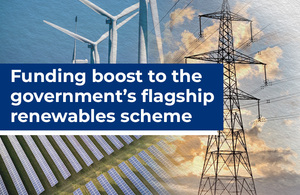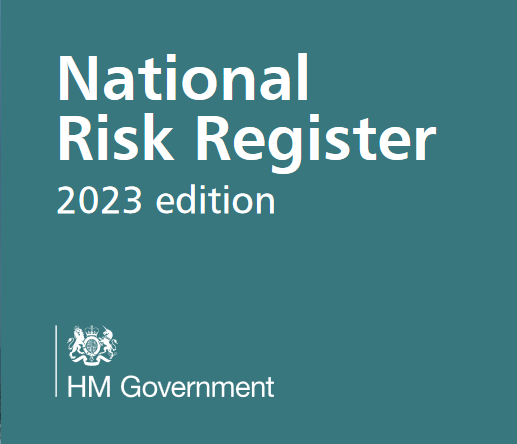Extreme weather caused by climate change are among the key risks facing the UK, according to the latest National Risk Register, produced by the Cabinet Office.
Deputy Prime Minister Oliver Dowden said in the document that “crucially, the Register is more transparent than ever. For the first time, it is based directly on the Government’s internal, classified National Security Risk Assessment”.
Risks are assessed in importance according to factors such as fatalities and cost, and probability determined using data modelling and analysis. The new Register, the first since 2020, also places a chance of another pandemic at between 5 per cent and 25 per cent.
The Register notes that climate change has already altered the risk of certain types of extreme weather in the UK, with evidence suggesting that the frequency and intensity of storms is likely to increase in the future.
A reasonable “worst-case scenario” would likely see some casualties and fatalities, mainly due to falling trees, structures or other debris. Some environment and economic impact would also be expected, due to fallen trees and disruption to transport networks.
Climate change means that the risk of extreme heat has become more likely in the UK, with this trend expected to continue over the coming decades. The UK experienced a series of heatwaves in the summer of 2022, with temperatures reaching up to 40C in some areas.
Here, the reasonable worst-case scenario is based on an extended period of high temperatures and would affect 50-70 per cent of the UK population. Such a spell of weather would cause significant health impacts to the general population, with excess deaths above the number experienced in a normal summer expected. Disruption to transport networks, supply chains, power supplies and water supplies would be expected. Social and economic disruption would be likely as everyday behaviours have to change, including working patterns and levels of productivity. Other hazards are very likely to occur concurrently with, or immediately after, the heatwave, including flooding from severe thunderstorms, poor air quality, drought, and wildfires.
Latest News
-
Trump effect leads to slump in European ESG investment
-
Skipton Building Society names Refuge as its next charity partner
-
Voices of children impacted by hygiene poverty to be played at shopping centre toilets
-
Corporate partners wanted for rebranded environmental match funding campaign
-
Building Society hands domestic abuse survivors’ charity £150,000
-
Coffee firm links up with National Park to create ‘haven for biodiversity’
© 2019 Perspective Publishing Privacy & Cookies









Recent Stories